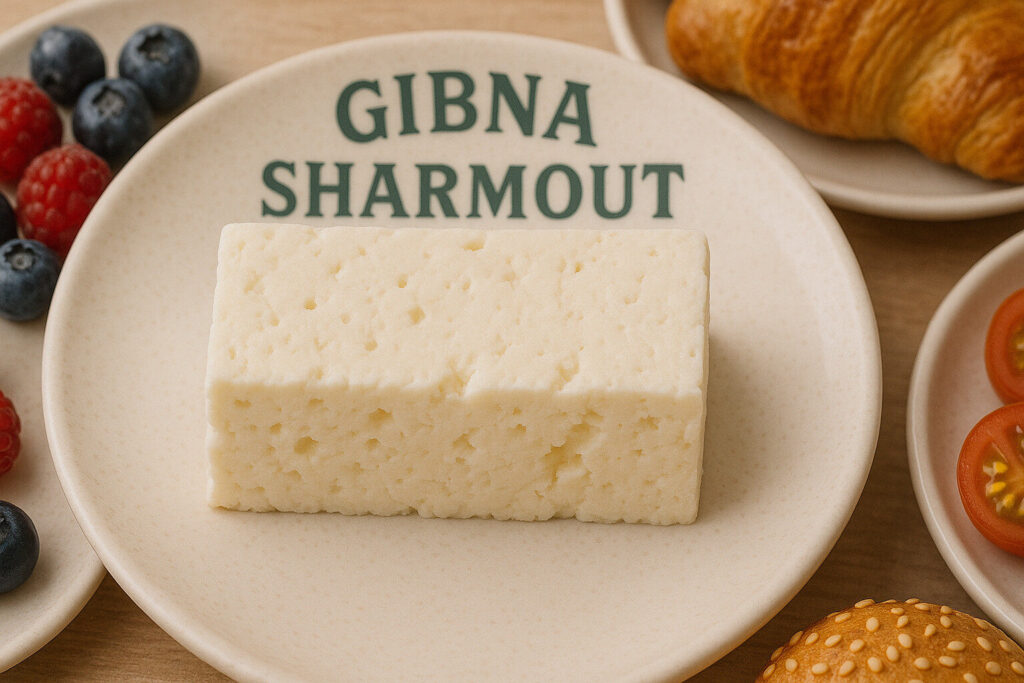Savory Pairing Cheese
Definition and Scope
Savory pairing cheeses are selected for their ability to complement non-sweet foods and beverages. These cheeses typically exhibit umami, salty, or earthy characteristics that enhance savory ingredients. Their scope includes aged hard cheeses, blues, and washed-rind varieties known for robust flavors. This category is defined by its functional role in culinary combinations rather than a single production style.
The classification emphasizes flavor interactions with items like charcuterie, nuts, and dry wines. These cheeses often contain higher salt content and pronounced aging profiles. Their selection criteria focus on creating balanced, complex taste experiences. This makes them distinct from dessert cheeses paired with fruits or sweet wines.
Production Characteristics
Production methods for savory pairing cheeses frequently involve extended aging periods from six months to several years. Many undergo brine washing or surface mold treatments to develop savory notes. Controlled moisture reduction during aging concentrates glutamates and amino acids. These processes enhance the umami quality essential for successful savory partnerships.
Specific techniques include cave aging for natural mold development and regular turning for even texture. Producers may use animal rennet for more complex protein breakdown. The aging environment’s humidity and temperature are carefully managed. These factors collectively build the structural integrity and flavor depth required for pairing.
Sensory Profile
The sensory profile features prominent salty, nutty, or meaty notes with minimal residual sweetness. Aroma compounds include diacetyl for buttery tones and geosmin for earthy undertones. Texture ranges from firm and crystalline to semi-soft with supple paste. These cheeses typically have lingering finishes that stand up to bold partners.
Flavor intensity varies from mellow Gruyère to pungent Roquefort, all sharing low acidity. The palate often detects savory elements like broth-like qualities or mushroom notes. Mouthfeel characteristics include granular tyrosine crystals in aged specimens. This profile creates contrast or harmony when combined with savory accompaniments.
Culinary Applications
Primary applications include cheese boards featuring cured meats, olives, and crusty breads. These cheeses melt effectively in savory dishes like gratins, sauces, and stuffed meats. Their flavor concentration allows them to enhance recipes without overwhelming other ingredients. They are particularly valued in cooking for their ability to add depth to simple preparations.
Beverage pairings emphasize dry red wines, amber ales, and spirits like whiskey. The cheeses’ saltiness counterbalances fatty foods while cutting through rich textures. They work well in composed salads and sandwich constructions. Their structural integrity prevents sogginess when served with moist accompaniments.
Regional Examples
European examples include Italian Parmigiano-Reggiano with its crystalline texture and meaty notes. French Comté offers nutty sweetness that complements roasted vegetables. Spanish Manchego Curado provides sharp saltiness ideal with marcona almonds. These traditional varieties have evolved specifically for local savory food cultures.
American examples include aged Gouda with caramel notes and Vermont cheddars with oniony characteristics. English Coastal Cheddar pairs with apple chutney and savory biscuits. Australian washed-rind varieties develop pungent aromas suitable for charcuterie. Each region adapts techniques to produce cheeses matching local savory flavor preferences.

